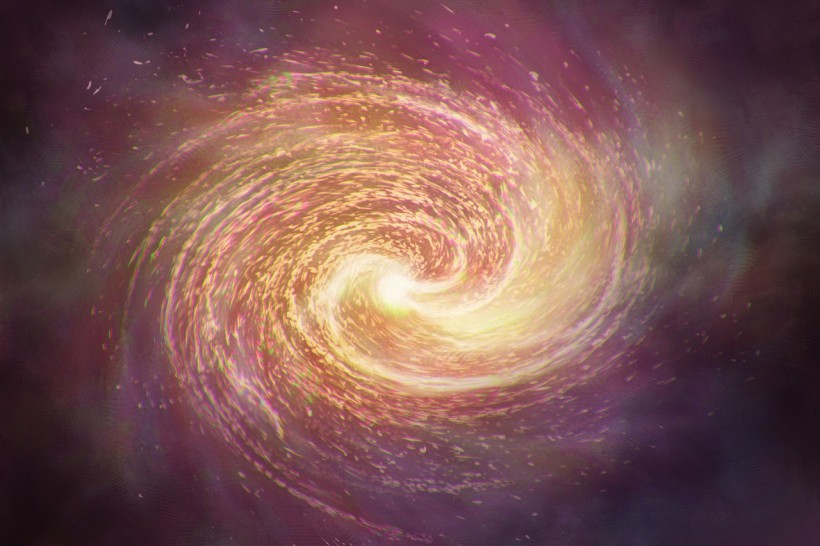Astronomers have witnessed a supermassive black hole catching and consuming a star, at closer proximity than ever before. According to Science Alert, the event occurred in the NGC 7392 galaxy, which is only 137 million light-years away, a quarter of the distance from the previous closest observation.
The black hole pulled apart the star before swallowing it, producing a bright infrared flare, marking the first time this type of event has been recorded in an unconventional light. The discovery suggests there may be more tidal disruption events (TDEs) out there that scientists have missed because they are not using the right part of the electromagnetic spectrum to observe them.

Supermassive Black Hole Captured Swallowing a Star About 137 Million Light-Years Away; It's the Closest Scientists Have Ever Seen
New TDE Detected at Infrared Wavelength
Galactic centers can become extremely bright when a passing star is ripped apart by a supermassive black hole in what is known as a TDE. Space Ref reported that while about 100 TDEs have been identified in distant galaxies through telescopes, a new TDE has been discovered by a team of astronomers from MIT shining brightly in the infrared.
This is one of the first TDEs to be identified directly at infrared wavelengths. Additionally, it is the closest TDE ever observed, found in NGC 7392, a galaxy located about 137 million light-years from Earth, one-fourth the size of the next-closest TDE.
The newly discovered TDE did not stand out in standard X-ray and optical data, as it was obscured by a significant amount of dust, which absorbed the radiation and gave off heat in the form of infrared energy.
Conventional studies, the team argues, may have missed TDEs in star-forming galaxies because these galaxies naturally create more dust, which might mask any light emanating from their core. The new infrared discovery hints that there may be many more previously unknown TDEs in active, star-forming galaxies.
The finding of this local TDE suggests that there must be a big population of similar occurrences that have gone unnoticed by standard approaches. The team proposes exploring in the infrared region for previously unseen TDEs in active, star-forming galaxies to gain a full picture of black holes and their host galaxies.
READ ALSO: Black Holes Burp Like Babies While Eating Nearby Stars, Gas; Does It Affect Their Sizes?
Star-forming Galaxies Could Differ in Color
The team of researchers gathered data from various ground- and space-based telescopes to analyze the galaxy where the TDE originated, as per MIT's press release. They used wavelengths such as infrared, optical, and X-ray to estimate that the supermassive black hole at the center of the galaxy is approximately 30 million times more massive than the sun.
The team discovered that the galaxy in question is actively producing new stars, which makes it a star-forming galaxy. These types of galaxies are often referred to as blue galaxies, while galaxies that have stopped producing new stars are called red galaxies. The most common sort of galaxy in the cosmos is a blue galaxy.
Green galaxies are less common, and they produce stars less frequently than blue galaxies. Surprisingly, most TDEs observed to date have occurred in green galaxies. This finding was perplexing because the theory predicted that blue galaxies would be more likely to exhibit TDEs due to their abundance of stars.
According to the researchers, star-forming galaxies generate a lot of dust, which obscures any X-ray or UV light that might otherwise be detected by optical observatories. As a result, TDEs in star-forming galaxies have been missed by standard optical approaches. Using infrared scans to detect the dust echo of occluded TDEs might lead to the discovery of many more previously unknown TDEs in star-forming galaxies.
A paper, titled "A Luminous Dust-obscured Tidal Disruption Event Candidate in a Star-forming Galaxy at 42 Mpc" describing the team's findings, has been published in the Astrophysical Journal Letters.
RELATED ARTICLE: Did Scientists Just See A Black Hole Swallowing a Neutron Star for the 1st Time?
Check out more news and information on Space on Science Times.














